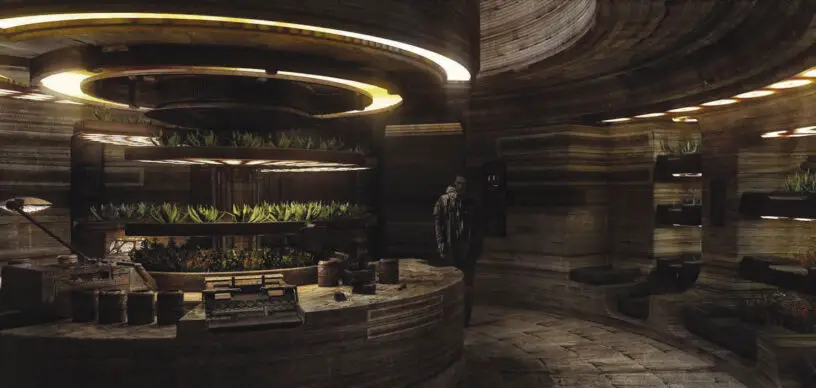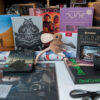We continue our exploration of the Fremen in this multi-part series about how these desert dwellers are described in Frank Herbert’s book, Dune. In this article, we look at how the Fremen have adapted to desert life, how they use animals and spice, and what skills they have developed in technology and science.
Adapted to Desert Life
The Fremen are probably best known as strong fighters, but there is more to them than this. They are people who have adapted to Arrakis so that they can not only survive but thrive in the desert. They have a survival handbook called the Kitab al-Ibar, referencing the real-world history book of Arab historian Ibn Khaldun. The Fremen appear to know several hunting languages, including the Bhotani Jib and the Chakobsa, as well as the common tongue of the Imperium. They enjoy the music of the baliset, the same instrument that the Atreides fighter Gurney Halleck plays. Their robes double as hammocks to sleep in on the move, and their sietch rooms are comfortably furnished with thick blue carpets and fabrics and reclamation chambers for toileting.
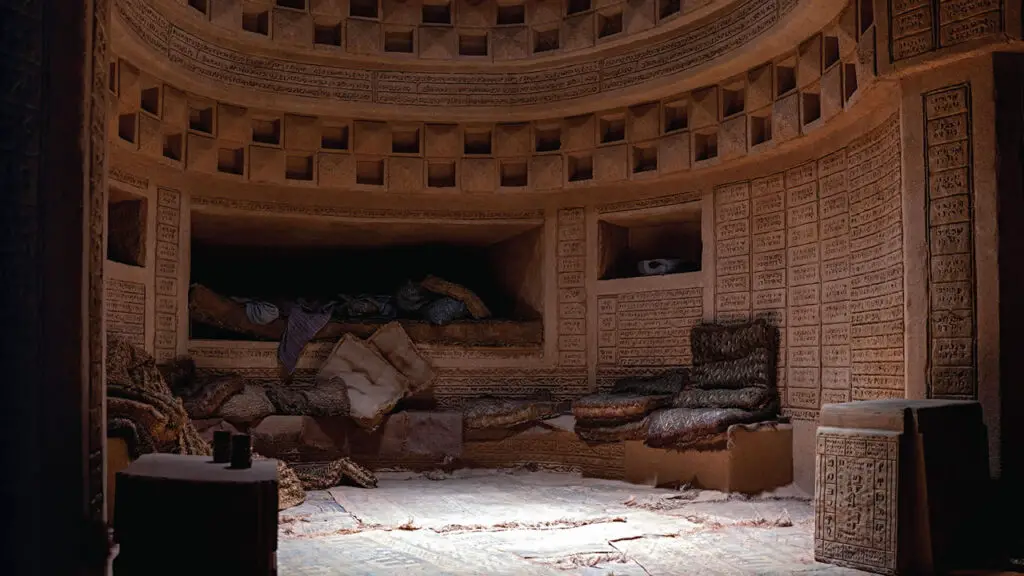
In fact, the Fremen have a much greater population than anyone suspects, pointing to their resiliency. The Atreides’ ambassador to the Fremen, Duncan Idaho, reports that the sietch he visited had around 10,000 people, and that there were many similar sietches. The captive Mentat Thufir Hawat tells the Baron Harkonnen that the Fremen probably number around ten million.
The Fremen’s bodies have developed faster blood coagulation to reduce moisture loss, and their culture has cultivated a water discipline that regulates their usage and attitude toward water. When Paul saves the Shadout Mapes’ life in the face of the hunter-seeker weapon, she says:
You’ve put a water burden on me that I’m not sure I care to support. But we Fremen pay our debts – be they black debts or white debts.
The Fremen use creosote bush leaf juice to inhibit perspiration when they’re working outside. In their culture, “all of a man’s water, ultimately, belongs to his people — to his tribe,” so nothing is wasted when someone dies and leaves a body behind that is 70% water. There are rules around the field rate for water if someone is caught having to borrow water while outside the sietch, ten to one, Stilgar tells Jessica. This encourages people to make sure they have enough water and fit their stillsuits properly. They have inhibitions against crying, making the shedding of tears a special thing, and they use metal rings as watercounters.
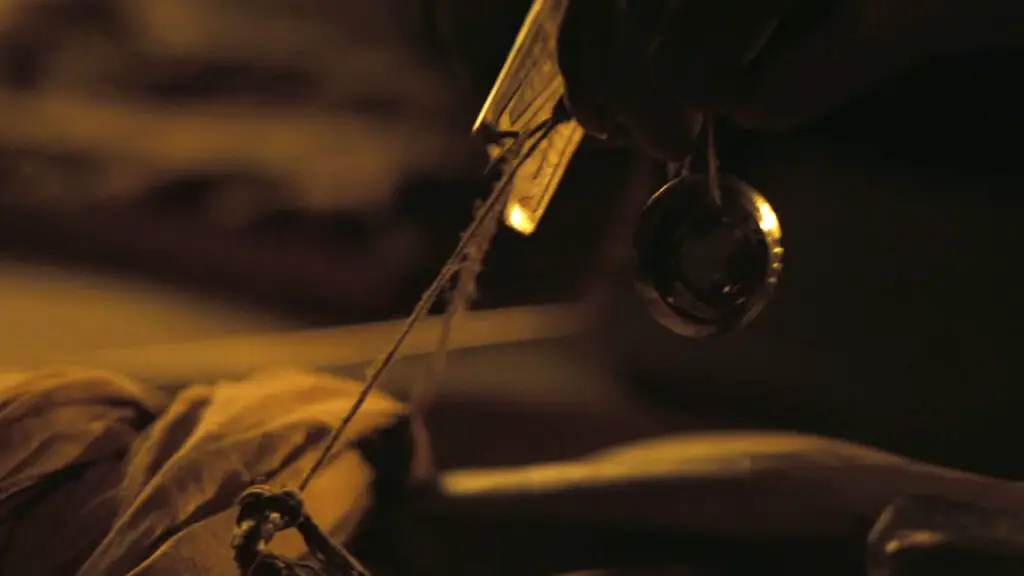
Able to use Animals and Spice
The Fremen make use of the animals that live in the desert, especially the sandworm, which they also regard as a deity, the Maker. First of all, the Fremen know how to move on the sand and avoid sandworms when necessary. Paul realizes that the figures fleeing from the spice harvester have no need to be saved by his father’s ornithopter. He thinks: “They know how to live here! They know how to outwit the worm!” He and Jessica later discover the Fremen’s other secrets relating to the sandworms. They can ride the sandworms to move around on the planet, but they also breed small sandworms and drown them to create the spice-rich Water of Life for their ceremonies. In addition, the Fremen create their fabled crysknives from the tooth of sandworms.
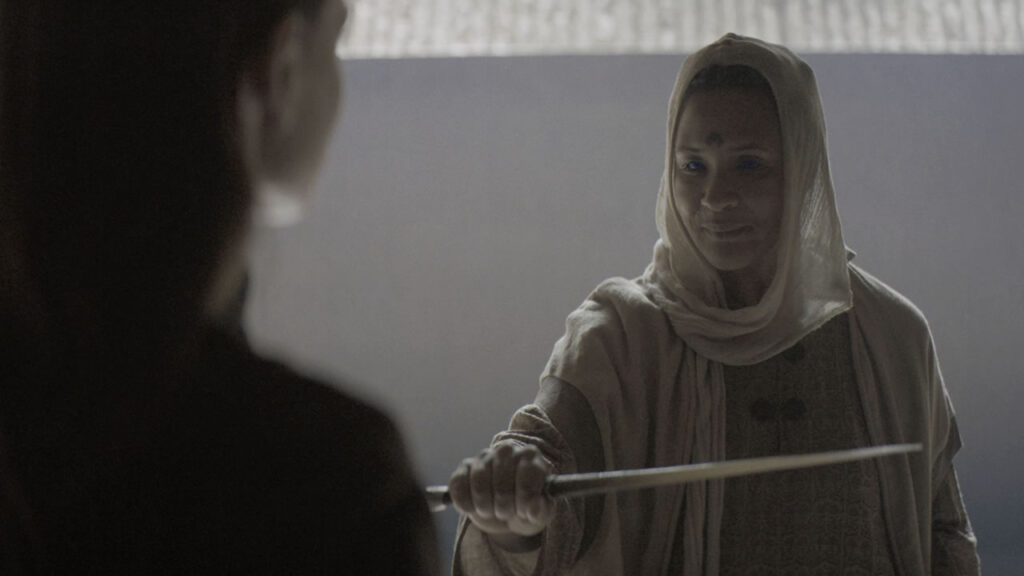
The Fremen use another creature of the desert, the bat or cielago, as part of their communication system. In one scene, Thufir Hawat watches as a Fremen gifts a bat with a drop of saliva, then talks into a tube by the bat’s head, and releases the bat into the sky. The Fremen calls this “little friend…a good messenger — day or night.” Paul also sees cages with bats and an automatic feeder set up to care for them. This system allows the Fremen to communicate across distances using a natural feature of the desert.
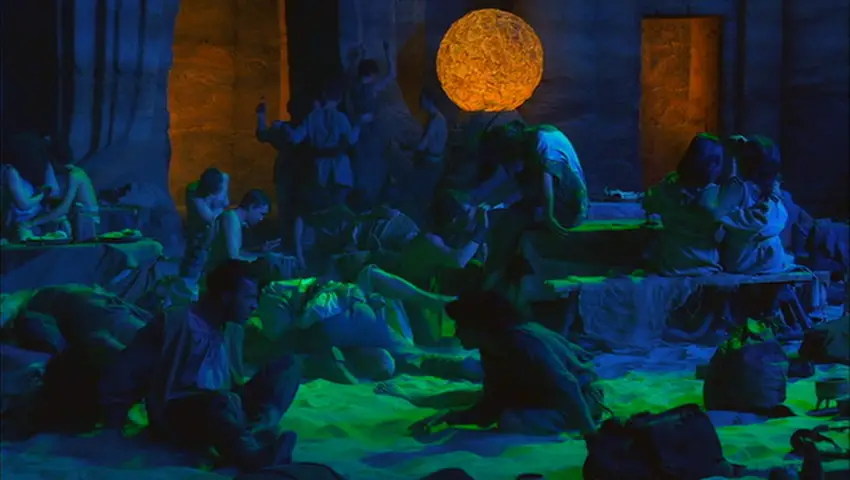
Spice is another critically important resource that the Fremen use both in their culture and as a means of exerting political influence. There is little said of what the Fremen eat, but it is a spice-rich diet. Paul eats a morsel of “bird flesh and grain bound with spice honey and encased in a leaf.” The Fremen use their diet and the changed Water of Life drink as a means of communal bonding. The glossary in the book’s appendix describes this as the “oneness of a sietch community enhanced by spice diet and especially the tau orgy of oneness elicited by drinking the Water of Life.” Since spice is valued as a life-extending substance elsewhere in the Imperium, it also follows that the Fremen have access to this benefit as well. In terms of politics, the Fremen use spice as a bribe to the Guild to not put weather satellites where they don’t want prying eyes looking at their terraforming project.
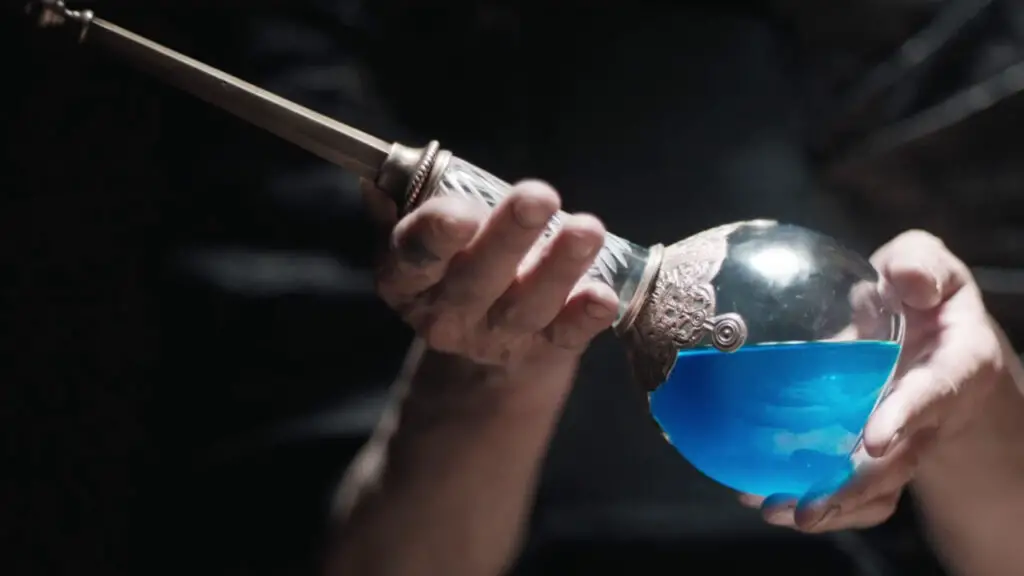
Skilled with Technology
The Fremen’s technologies are numerous, from the moisture-conserving stillsuit to plastics to gadgets. Their desert survival kit known as a Fremkit includes a stilltent, sandsnork, binoculars, stillsuit repair kit, paracompass, maker hooks, and thumpers. Looking at the paracompass in the Fremkit left to them for their flight into the desert, Paul tells Jessica:
Think of all these special application Fremen machines. They show unrivaled sophistication. Admit it. The culture that made these things betrays depths no one suspected.
In sietch factories, the Fremen manufacture stillsuits that can reduce water loss to a thimbleful a day. They also make paper, plastics such as dew collectors, and chemical explosives. Their stilltents and plastic hood-seals put across a cave opening help prevent moisture loss during the nighttime.
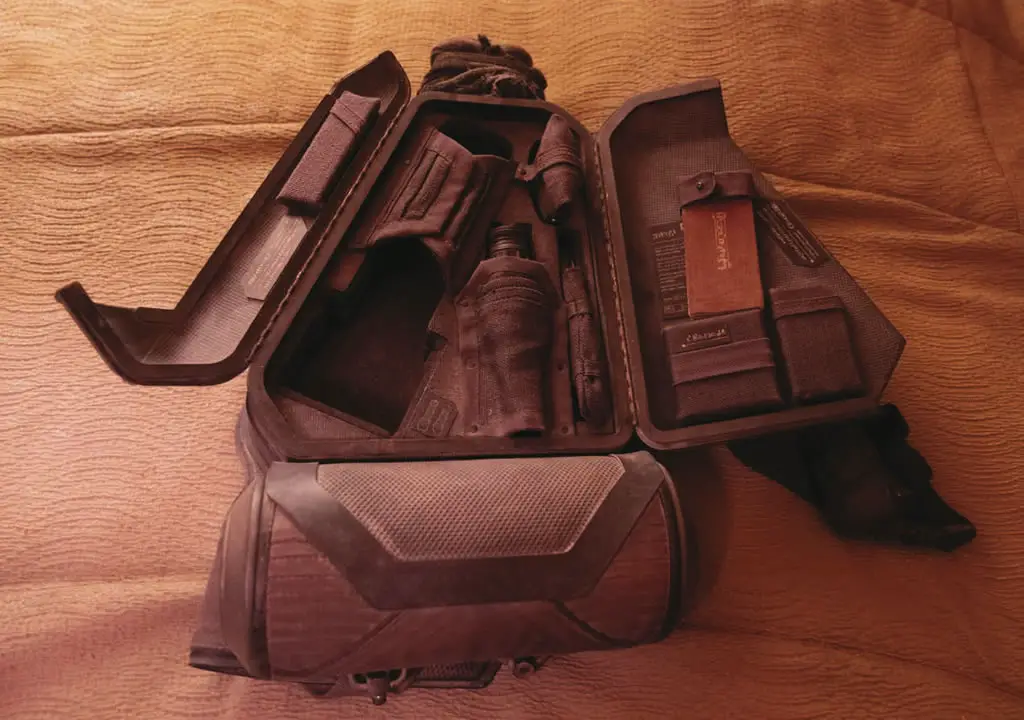
The Fremen also know how to capture and handle ornithopters, the technology used by their enemies. But they want nothing to do with shield technology. Shields are deadly in the desert since they drive sandworms into a frenzy, so the Fremen don’t use them and seem to scoff at the off-worlders who cling to them for protection.
Skilled in Science of Terraforming
Due to the influence of scientists on Arrakis, the Fremen became educated and skilled in the science of terraforming. Long before the Atreides came to Arrakis, the Fremen were subject to the scientific mind of Dr. Pardot Kynes, the first Planetologist of Arrakis and father of Liet-Kynes. The book’s “Appendix I: The Ecology of Dune” explains how Dr. Pardot Kynes began the work of teaching ecological literacy to the Fremen and showing them how to terraform the planet for future generations to have a water-filled paradise. The Fremen grabbed hold of this dream and continued it after Pardot’s death, and looked to his son Liet-Kynes as their new ecological guide. They use things like windtraps to gather moisture from surface air and plant grasses to control the sand dunes.
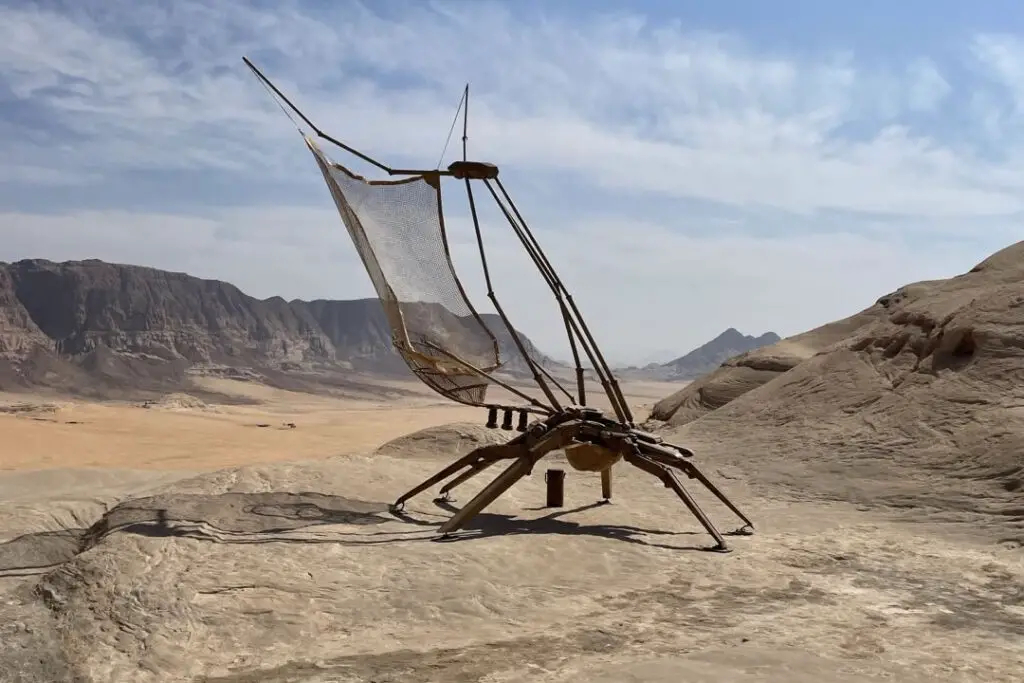
When Paul sees a Fremen woman teaching children in a type of classroom with a board and projecto-stylus, he wonders why they bother to teach about trees, grasses, and plantings amid the persecution by their enemies. She responds somberly, “What Liet taught us, we cannot pause an instant in that. Liet who is dead must not be forgotten. It’s the Chakobsa way.” Stilgar also articulates to Jessica the Fremen’s long-term plan to change the face of Arrakis:
We change it … slowly but with certainty … to make it fit for human life. Our generation will not see it, nor our children nor our children’s children nor the grandchildren of their children … but it will come. … Open water and tall green plants and people walking freely without stillsuits.
The Fremen maintain the discipline and scientific knowledge needed to slowly work toward the transformation of their desert by changing its ecological cycles.
Conclusion
We’ve explored how Dune gives the Fremen abilities beyond that of being strong fighters, including skills in desert survival as well as technology and science. In the next article, we’ll examine another important part of their culture: religious beliefs and rituals and gender roles.


